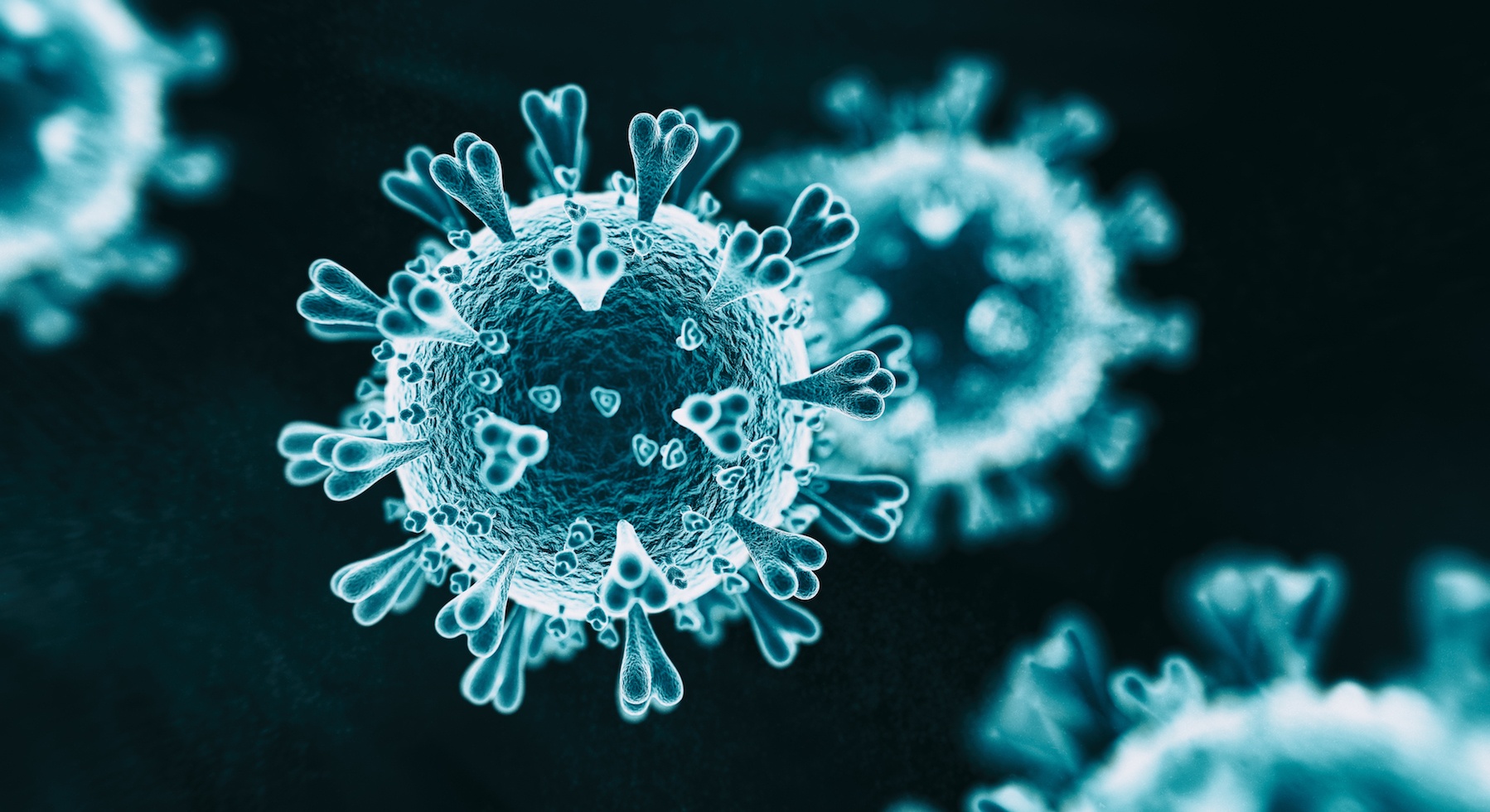That is a question scientists and physicians have been struggling with since the first reports of the virus now known as SARS-CoV-2 emerged from China in early January. The early figures proved frightening, with cases reported from the city of Wuhan showing that roughly 1 in 20 people who tested positive for the virus died. That’s a mortality rate of about 5 percent.
For comparison’s sake, the seasonal flu typically kills about 1 in 1,000 people it infects, for a fatality rate of .1%. So, this new, highly contagious disease looked like it could be 50 times as deadly as the viruses that pass around schools and offices every winter.
Still, many of us suspected the numbers out of Wuhan were overstating the lethality of the coronavirus. And as infections in China grew more widespread, this looked to be the case, with reports outside of Wuhan finding that fewer than 1 in 100 infected people died from SARS-CoV-2 infections.
So, did the virus suddenly grow less deadly? Genetic analysis failed to find clinically meaningful differences between samples taken from early patients and those who were infected later. And when the pandemic took hold in the U.S., case reports once again showed fearsome fatality rates, with numbers equal to or even greater than Wuhan’s first figures.
In Oklahoma, that’s been precisely the case. As of Thursday, we’d had 3,000 confirmed cases, with 179 deaths. That’s a death rate of about 6 percent.
With levels of obesity, diabetes and heart disease that all exceed national and international averages, we could expect the coronavirus to claim more lives in Oklahoma than in areas with healthier populations. But these health disparities can’t account for a death rate 6 times higher than Chinese cases outside of Wuhan. This seems especially clear when you take into account that Oklahoma has many available beds and ventilators, meaning the sickest patients can receive the type of intensive care proven to make a big difference between life and death with this virus.
In reality, this is an issue that’s more about statistics than actual health outcomes. At its heart are our state’s testing shortfalls. An email sent by the White House this past week ranked Oklahoma among the nation’s bottom four states in testing capacity, with the ability to test less than 3 percent of our population each month. To date, we’ve tested fewer than 50,000 of our state’s 4 million residents.
The folks who are getting tested are, for the most part, those who have showed the most severe symptoms. People with milder symptoms, or those who suspect they might have been exposed, haven’t been tested in large numbers. As a result, health authorities suspect two things. First, we’ve had more cases than we know. Second – and relatedly – the death rate is lower than current figures reflect.
Random antibody sampling of 1,000 Oklahomans recently found that 1.4 percent of those tested had antibodies to SARS-CoV-2. If this held true across our entire population, that would mean we’ve already had more than 50,000 cases in the state – as opposed to the 3,000 confirmed ones reported by the Health Department. Were this the case, figures would be in line with later Chinese numbers, which showed mortality rates under 1 in 100.
Happily, this past week brought some positive news on this front.
On Monday, a partnership of the Oklahoma Medical Research Foundation, the University of Oklahoma Health Sciences Center, OU Medicine and the biotechnology company Fluidigm filed for emergency approval of a new method to test for coronavirus. Once approved by the FDA, which we hope will happen in the coming week, this should provide a much-needed shot in the arm to the state’s testing efforts.
The new test is the brainchild of OMRF’s Dr. Joel Guthridge. Working with OU’s Dr. Michael Talbert and a talented team of scientists and technicians too numerous to mention, Dr. Guthridge devised a way to use a sophisticated DNA sequencing system, purchased with funding support from the Presbyterian Health Foundation and the Oklahoma Center for Adult Stem Cell Research, from his lab at OMRF to analyze samples many times more quickly than traditional testing methods.
This innovation couldn’t have happened without collaboration, and it’s a tribute to all involved that we were able to complete a process that typically takes 6 to 8 months in only 4 weeks. The new tests are extremely accurate, as they internally validate each sample five times. They also use only a tiny fraction of the reagents required to run traditional tests, providing a major going-forward advantage as states compete with one another for these precious testing resources.
Right now, we have sufficient reagents on hand to run 180,000 tests. With a capacity of 1,800 tests per day, which could increase with the use of a second sequencing system provided by the FAA’s Civil Aerospace Medical Institute, we can see a clearer picture of the prevalence of the virus in our communities.
When that picture emerges, we’ll also get a sense of the true threat the virus poses. That will help us develop carefully tailored approaches to returning to day-to-day life while still protecting those who need it most. As Dr. Judith James said at the announcement of the FDA filing on Thursday, “By expanding our ability to test and do surveillance screening, we increase the ability to get back to our new normal.”



